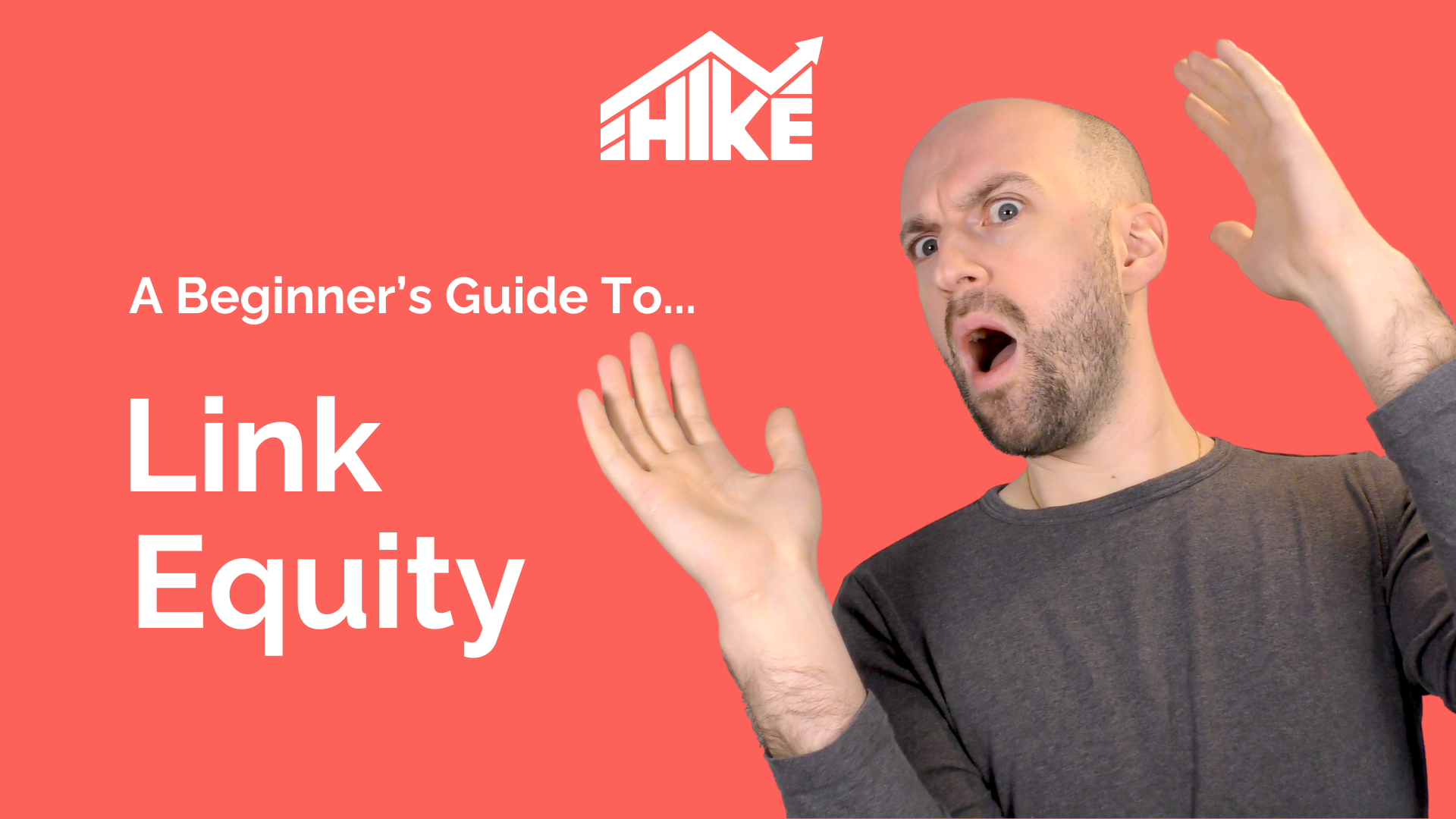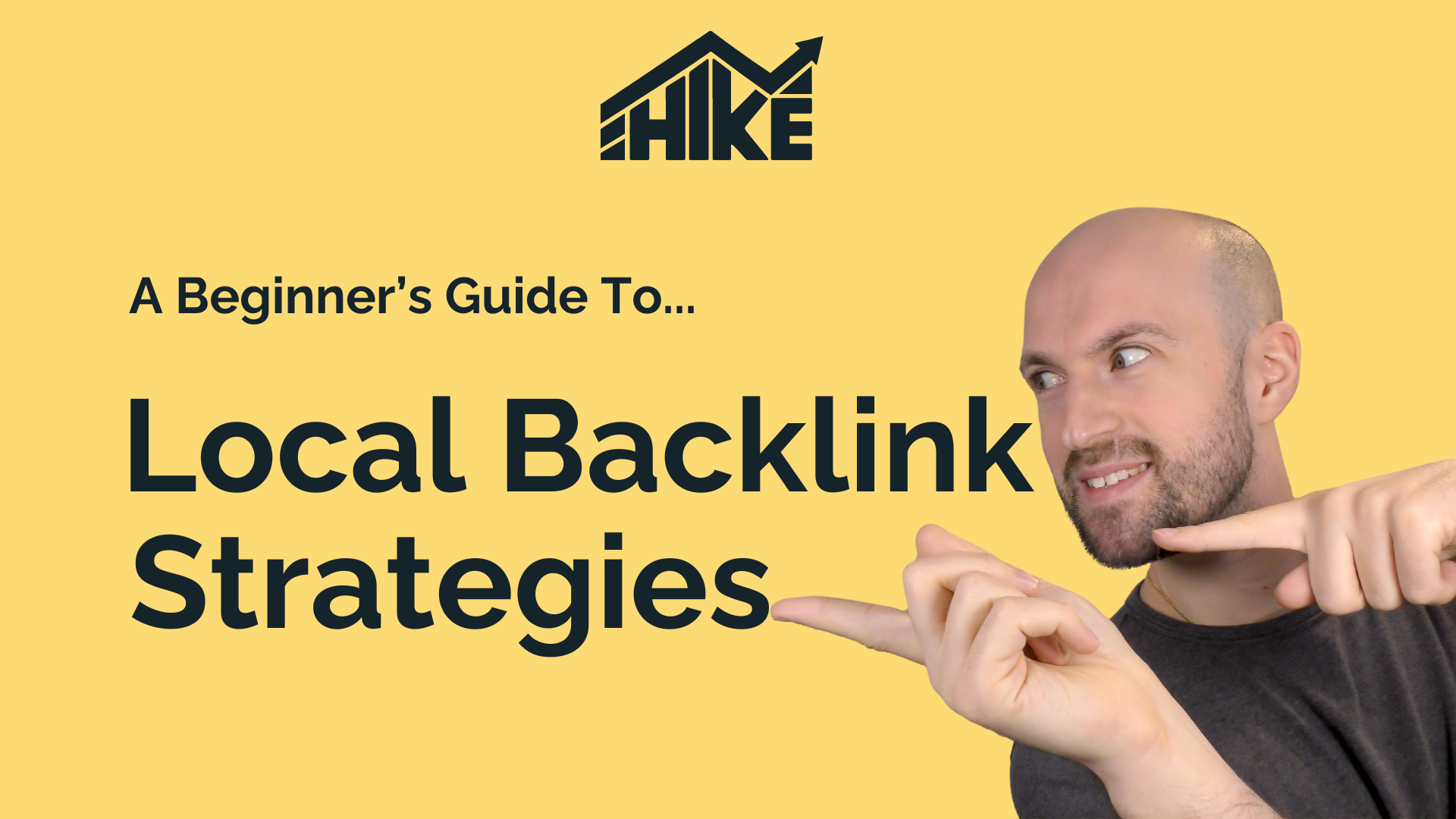In this video, we will discuss 404 Not Found errors, including how to avoid them, identify them, and resolve them. Throughout this video, you’ll gain insights into what 404 errors are, when they occur, the distinction between soft 404s and regular ones, the significance of addressing them for SEO performance, their importance, how to locate them on your website, and the correct methods to rectify them. Additionally, we’ll touch on the topic of personalizing your 404 error page. You can watch the video or read the text summary below:
What Are 404 Errors?
A 404 Not Found error emerges when a website server fails to locate a specific URL or page accessed through a browser or hyperlink. This can happen when you misspell a URL or attempt to visit a non-existent page. Such URLs or links are commonly referred to as broken or dead links.
For example, if you click on a link while browsing the web and it leads to a non-existent page, or if you mistype a URL in your browser, you’ll encounter a 404 error. The URL/link in question is essentially broken or dead, leading to a 404 error page. These pages typically display an HTTP 404 status code to inform the browser that the requested page doesn’t exist.
Types of HTTP Error Codes
HTTP error codes are categorized into five classes:
- 100 codes: Informational.
- 200 codes: Success (indicating a successfully loaded page).
- 300 codes: Redirection (various types of redirects).
- 400 codes: Client-side errors (404 errors fall into this category).
- 500 codes: Server-side errors (e.g., server crashes).
When Do 404 Errors Occur?
404 Not Found errors can occur under various circumstances:
- Incorrectly entered URLs.
- Page redirection to an incorrect URL.
- Page deletion or non-existence.
- URL changes without proper redirection.
What Are Soft 404s?
Soft 404s occur when a server fails to send a 404 error response to the browser, yet the page doesn’t exist. In other words, the page is non-existent, but the browser doesn’t recognize it as a true 404 error. Search engines still consider these pages as 404 errors, although they are termed “soft” because the server doesn’t inform the browser correctly.
Why Fix 404 Errors?
Fixing 404 errors is crucial for several reasons:
- Enhances user experience by preventing frustration and confusion.
- Maintains SEO performance and avoids penalties from search engines.
- Prevents loss of traffic and potential customers.
- Preserves brand reputation by offering a professional and reliable experience.
- Ensures accurate website analytics and tracking.
How to Find 404 Errors on Your Website
You can identify 404 error pages using various methods:
- Use a website crawler or dedicated crawling tool.
- Utilize Google Search Console, where 404 errors are automatically flagged.
- Employ broken link checker tools to search for broken links on your site.
How to Correct 404 Errors
To fix 404 errors correctly, follow these steps:
- Create redirects from broken URLs to working ones.
- Choose the appropriate redirect type (usually 301 for permanent redirects).
- Redirect to the most relevant, closely matching page.
- If no exact match exists, redirect to a related category or subcategory page.
- Personalize your 404 error page to enhance user experience and offer helpful prompts or alternative links.
Using Hike SEO for Managing 404 Errors
Hike SEO provides a user-friendly action engine that automatically identifies 404 errors on your site. It offers suggestions on which pages have 404 errors and guides you through the process of addressing them, simplifying the task.
Thank you for watching this video. If you have any questions about 404 errors, please feel free to ask. If you haven’t tried Hike yet, consider signing up, it’s suitable for beginners, agencies, and small to medium-sized businesses looking for SEO guidance and empowerment. We look forward to seeing you in the next video. Take care!



